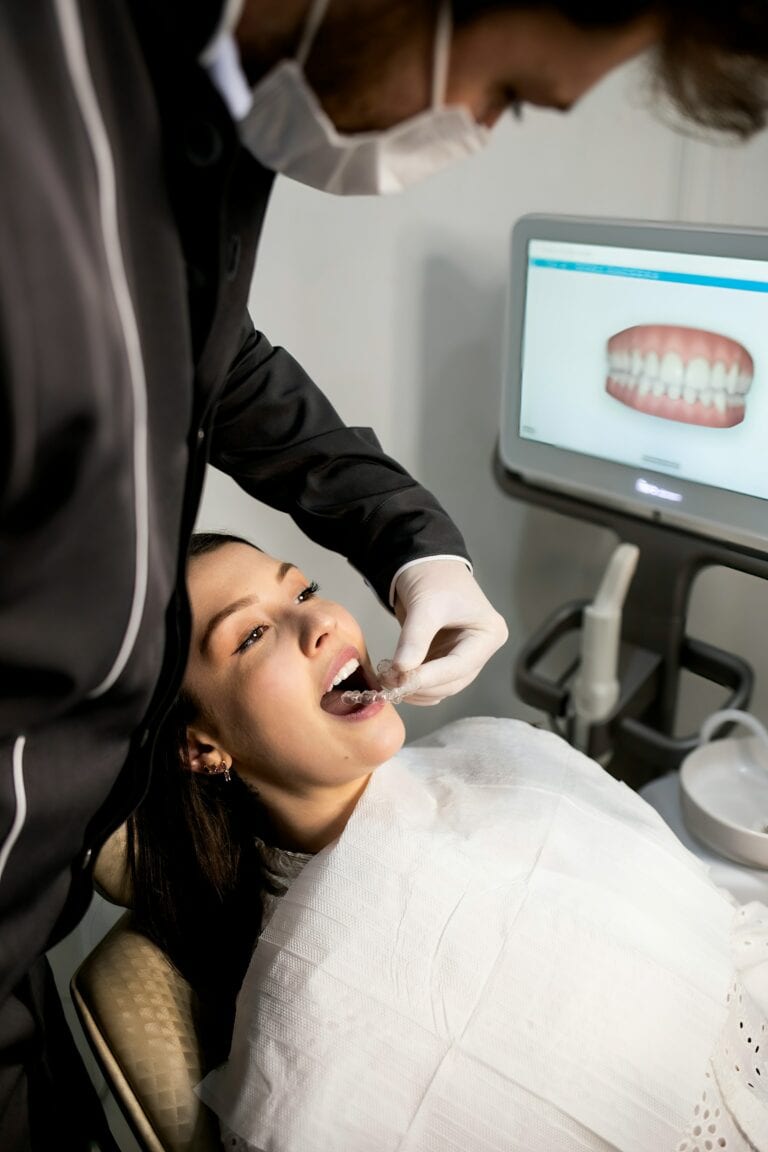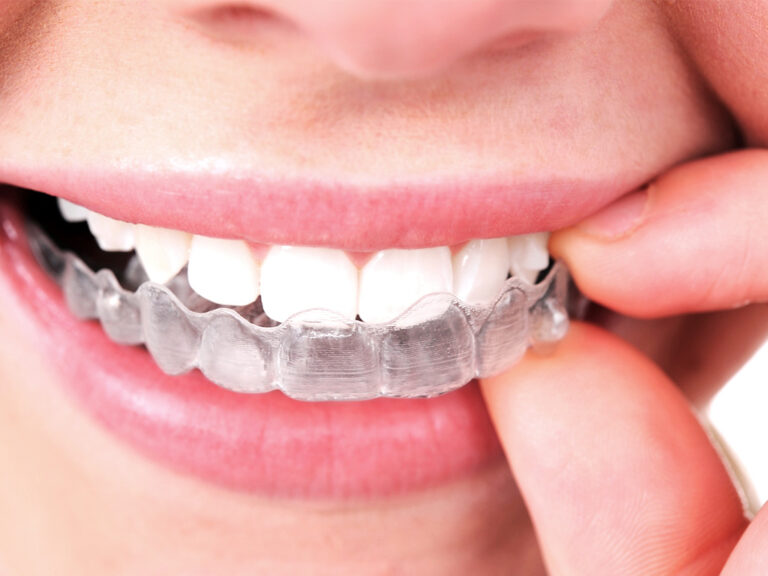The Fascinating History of Braces: When Were Braces Invented?

Photo by Enis Yavuz on Unsplash
Have you ever wondered when braces were invented? The history of braces goes back thousands of years, with evidence of their use found in ancient civilizations. From mummies to modern orthodontics, the evolution of braces is a captivating journey that highlights our quest for perfect smiles.
Ancient Beginnings: Mummies and Animal Skin
Believe it or not, some of the earliest forms of braces were found on mummies in ancient Egypt. These crude designs included cords made from animal skin, commonly known as “cat gut.” While this may sound unappealing, the same principle is still used today in surgical sutures, albeit with cow intestines instead. Ancient Egyptians weren’t just busy building pyramids; they were also concerned about dental aesthetics!
In ancient Rome, Aulus Cornelius Celsus documented attempts to straighten teeth using manual pressure. Imagine someone using their hands to push your teeth into place! Archaeological findings show that Romans even used small gold wires on the teeth of the deceased, hinting at an early understanding of dental alignment.
The Enlightenment Era: Advancements in France
Fast forward to the early 1700s in France, where significant advancements began to take shape. Pierre Fauchard, often referred to as the father of modern dentistry, published influential works detailing various orthodontic techniques. His book, “The Surgeon Dentist,” included sections about devices to hold teeth in place, similar to today’s retainers.
In 1757, Pierre Bourdet expanded on Fauchard’s ideas, discovering that removing wisdom teeth could alleviate overcrowding. This marked a turning point in the understanding of dental health and orthodontic practices.
The 19th Century: The Birth of Modern Braces
It wasn’t until the 1900s that the term “braces” became widely used. The first modern braces were created by Christophe François Delabarre in 1819, who introduced a wire crib that held teeth in place. The introduction of elastics by Dr. Edward Maynard in 1843 further enhanced these systems, leading to the braces we recognize today.
In 1864, Dr. S.C. Barnum created the dental dam, which is still used today to protect gums during dental procedures. This was crucial as early braces often caused significant discomfort.
20th Century Innovations: From Gold to Stainless Steel
As we moved into the 20th century, braces evolved rapidly. The use of gold was prevalent, not only for its aesthetic appeal but also because it was biocompatible. However, advancements in the 1970s brought stainless steel and dental adhesives to the forefront, making braces less painful and more effective.
During this time, the ability to bond brackets directly to teeth revolutionized orthodontics. It marked a significant shift from wrapping wires around individual teeth to a more streamlined approach found in modern dental braces.
The Rise of Invisible Aligners
In 1997, a major breakthrough occurred with the introduction of Invisalign, developed by Zia Chishti and Kelsey Wirth. This method utilized 3D imaging to create custom aligners that gradually shifted teeth into place. It represented a significant leap forward, making orthodontic treatment more discreet and appealing to many patients.
Modern Braces: A Blend of Technology and Comfort
Today, braces come in various forms, including self-ligating brackets, clear aligners, and even aesthetic options like ceramic braces. The technology continues to evolve, focusing on patient comfort and treatment efficiency.
Conclusion: Appreciating the Journey
Next time you visit the orthodontist, take a moment to appreciate the incredible journey braces have taken—from ancient mummies to modern innovations. The quest for the perfect smile has driven advancements in dental care for thousands of years, and it continues to evolve.
FAQs About Braces
- When were braces invented? Braces have a history that dates back to ancient Egypt, with evidence suggesting their use as far back as 500 B.C.
- What materials were used in early braces? Early braces were made from materials like animal skin, gold wires, and later, stainless steel.
- How have braces changed over time? Braces have evolved from crude designs to sophisticated systems that include various materials and technologies, including invisible aligners.
- What is the future of braces? The future of braces likely includes further advancements in materials, technology, and customization options to enhance patient experience.





